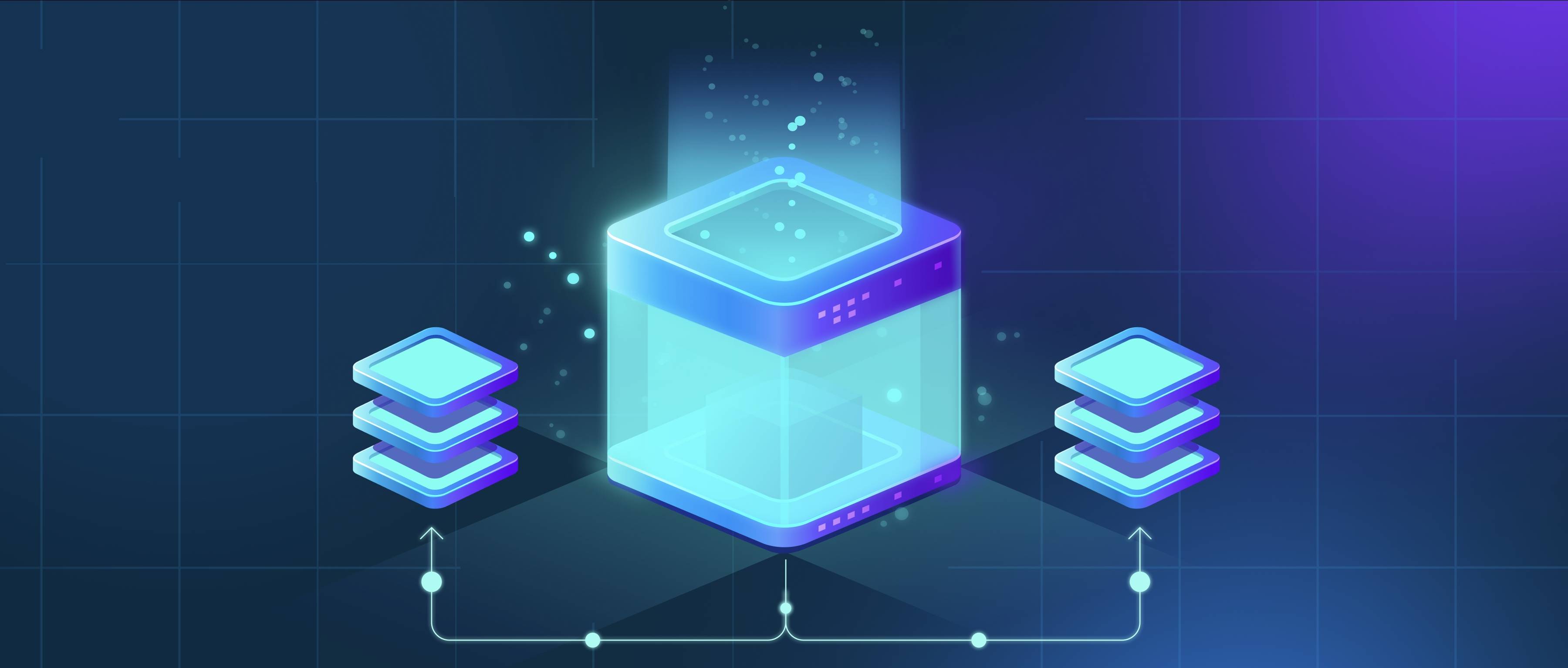Diffusion models primarily focus on generating high-quality data through a series of transformations, but they also need to balance this quality with generation speed. To achieve this, developers typically leverage two main strategies: model architecture optimization and iterative sampling methods. By tweaking the architecture and reducing the number of diffusion steps, developers can significantly improve generation speed without drastically compromising the quality of the output.
One effective approach is to modify the model structure itself. For instance, using lighter architectures like variants of U-Net can help reduce computational overhead. Additionally, implementing techniques such as knowledge distillation allows developers to create smaller models that can mimic the behavior of larger, more complex models. This means that while the smaller model may sacrifice some fidelity, it can still generate acceptable outputs much faster. This is particularly useful for applications where quick responses are necessary, such as real-time image generation in gaming or browsing.
Another critical factor is the sampling method used in the diffusion process. Traditional diffusion models rely on a fixed number of steps to generate samples, which can be computationally expensive. However, various techniques like early stopping or the use of denoising score matching can reduce the number of required steps without significantly impacting the final quality. For instance, setting a threshold for acceptable quality can enable models to terminate the diffusion process early if the generated output meets certain criteria. By combining these strategies, developers can efficiently balance the need for quick generation with the desire for high-quality results.
